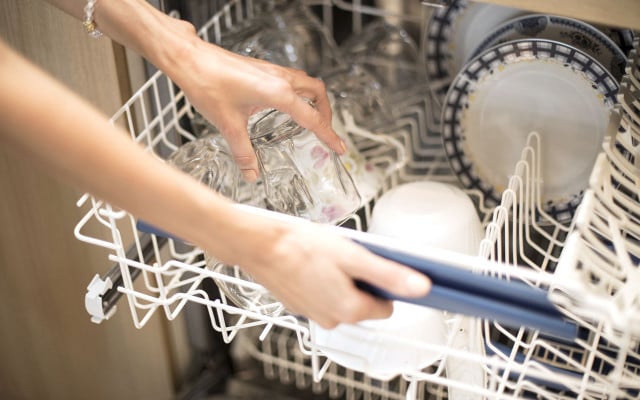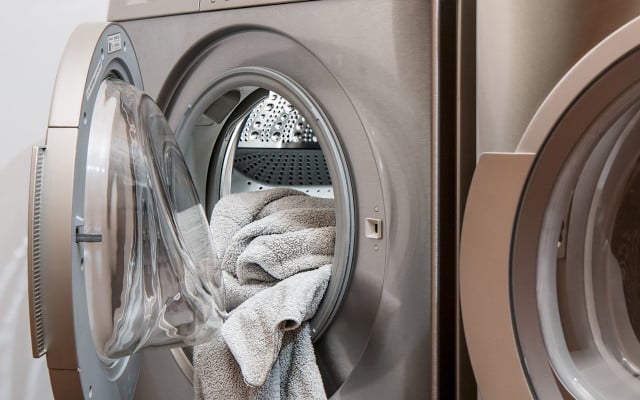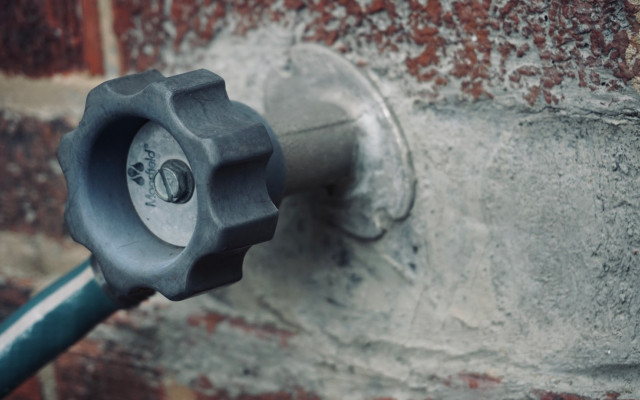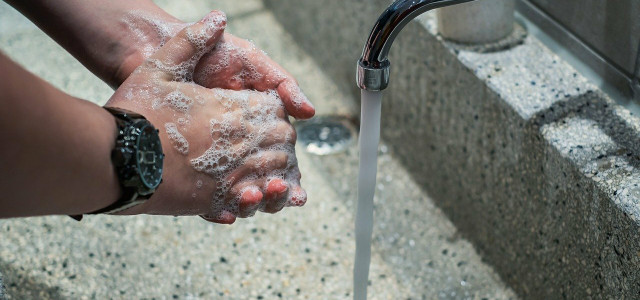Water conservation isn’t hard — there are many practical ways to save water at home. With just a few simple tricks, you can save lots of water and energy — and that doesn’t just benefit the environment, it also means more money in your pocket.
The average American family uses around 300 gallons of water per day, with 70% of this usage occurring indoors. But the environmental problem isn’t just the amount of water we use in itself, but rather the energy needed to heat it.
Hot water is the second largest energy demand in modern households, making up nearly 18 percent of the utility bill. Spending less time in the shower in the morning not only saves the energy needed to heat the water but also saves you money and protects the environment. There are endless ways to save water around the house — all we need to do is consciously integrate these water conservation methods into our daily routine.
In this article, we’ll show you how to save water in the bathroom, kitchen and garden and how to improve your overall water consumption at home when cleaning.
Saving Water in the Bathroom

1. Take a shower instead of a bath: Taking showers instead of baths is an easy way to save gallons of water. Modern low-flow showerheads reduce water usage to just 1-2 gallons per minute; to fill a tub, you’ll need 35 gallons.
2. Get the right faucets: Low-flow showerheads, faucet aerators, and single-handle faucets are all methods of reducing hot water usage. You still need to turn off the tap while brushing your teeth or shaving.
Saving Water in the Kitchen



3. Buy energy-efficient appliances: When buying washing machines and dishwashers, pay attention to their water and energy usage statistics. Modern machines use fewer than 15 gallons per load of laundry or 3 gallons per load of dishes; older machines guzzle triple to five times that water amount.
4. Use your dishwasher exclusively: If you have a dishwasher, don’t wash dishes by hand. A fully-loaded dishwasher uses less water and energy than handwashing. Remember that you don’t need to rinse your dishes first; a well-maintained dishwasher cleans all dishes.
5. Wash fruits and vegetables Wisely: Household water conservation is easy: Don’t clean your greens under running water. Instead, use a pot or pail to wash all of your fruits and vegetables. In the end, use the greywater to water your house or garden plants.
Saving Water When Cleaning



6. Only run full washing machines: Always make sure to run full washing machines and dishwashers to avoid using too much water and energy when only cleaning a few clothes or dishes.
7. Use a bucket and a rag: Pressure washing machines use over 100 gallons of drinking water per hour. Using traditional methods like a bucket and a rag is not only a water conservation method but may also be more efficient at cleaning than an appliance.
8. Improve your dishwashing technique: When washing dishes by hand, always wash the least dirty dishes first. You can then “recycle” the remaining water for washing dirtier dishes or even to mop your floor before sending it down the drain.
Saving Water in the Garden



With a couple of easy water conservation tricks, you can begin saving water by avoiding wasteful practices while gardening.
9. Do the stage test to determine if your lawn already needs water: Outdoor water conservation involves staying true to the common sense fact that nobody needs to mow their lawn daily. Save this chore to every two and a half weeks or longer. This keeps your lawn from drying out quicker than it should and thus saves you the time and hassle of watering it with the garden hose. Before you even think about dragging the hose out to water your patch of green, it’s best to test the grass to see if it needs watering in the first place. You can do this with the step test: step on a patch of grass, and if it springs back into place, it usually doesn’t need any water.
10. Use low-flow garden hoses instead of sprinklers: Of the 300 gallons of water Americans use daily, 30% is used outdoors. This number can be as high as 60% in warmer, dry climates such as the Southwest. In addition, half of the water we use outdoors goes to waste due to inefficient and wasteful watering methods and practices. Whatever you do, don’t use sprinklers. More accurate and water-efficient solutions are normal low-flow garden hoses or watering cans. This way, you’re making your own effort towards outdoor water conversation by watering exactly the plants that need it the most.
Read more:
- Homemade Window Cleaner: DIY Glass Cleaner for a Streak-free Shine
- 8 Things to Eliminate from Your Home
- 10 Everyday Green Living Ideas: Sustainability on a Shoestring Budget
Do you like this post?







